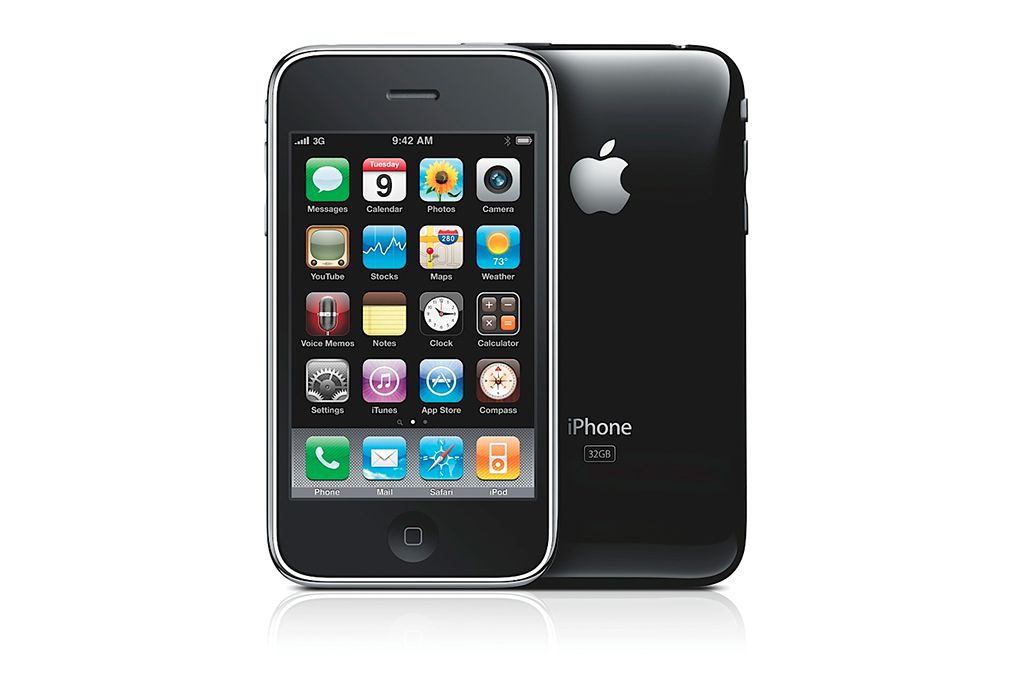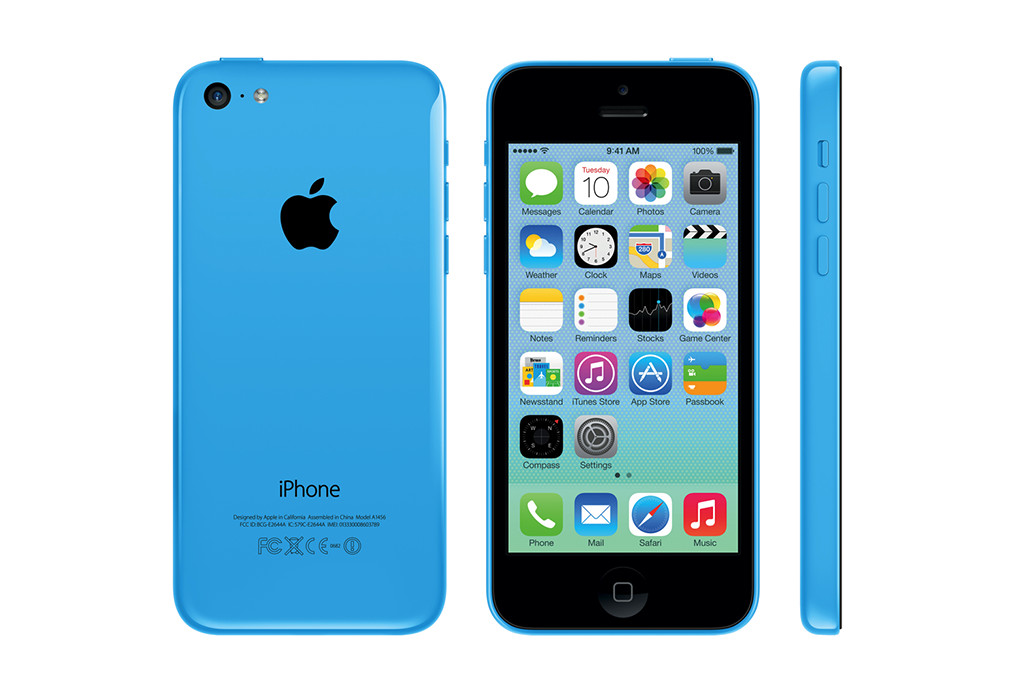Dynamic Views
Monday, 24 July 2017
Saturday, 21 March 2015
Invention By MIT
Created by Daniel Leithinger and Sean Follmer and overseen by Professor Hiroshi Ishii, the technology behind the inFORM isn't that hard to understand. It's basically a fancy Pinscreen, one of those executive desk toys that allows you to create a rough 3-D model of an object by pressing it into a bed of flattened pins. With inFORM, each of those "pins" is connected to a motor controlled by a nearby laptop, which can not only move the pins to render digital content physically, but can also register real-life objects interacting with its surface thanks to the sensors of a hacked Microsoft Kinect.
Sunday, 1 February 2015
Thursday, 15 January 2015
iPhone
iPhone: A visual history
From iPhone to iPhone 6, seven years of Apple's iconic smartphone
By Tom Warren
In early 2007 Steve Jobs announced the very first iPhone. Designed to “reinvent the phone,” Apple’s iPhone has revolutionized smartphones and shaped the industry into what it is today. The first iPhone mixed a capacitive 3.5-inch multi-touch display with touch-optimized software in a simple package that was unlike anything else on the market. Over the last seven years, Apple has refined and tweaked its iPhone into what it is today: the iPhone 6.Apple has used combinations of metal, plastic, and glass to shape and form its ideas of what a modern smartphone should look like throughout the history of the iPhone. Major redesigns with the iPhone 4 and iPhone 5 saw Apple push the boundaries of smartphone hardware, all while competitors were catching up. Now that the smartphone industry is moving to larger screens, Apple has been forced to respond with the iPhone 6 and iPhone 6 Plus. Read on to see exactly how Apple evolved its iPhone hardware over the years, in our history of iPhone.
WHERE IT ALL BEGAN
 Apple's first iPhone debuted in 2007 with the trademark home button, a metal rear casing, and just a 3.5-inch display. Its capacitive touchscreen laid the foundations for modern smartphones.
Apple's first iPhone debuted in 2007 with the trademark home button, a metal rear casing, and just a 3.5-inch display. Its capacitive touchscreen laid the foundations for modern smartphones.IPHONE 3G
 Apple's second iPhone was a big departure from the original. The iPhone 3G dropped in price thanks to a new plastic rear, but also gained 3G connectivity, GPS, third-party apps, and a white model to choose from. A rounded rear completed the look, and button placements remained the same.
Apple's second iPhone was a big departure from the original. The iPhone 3G dropped in price thanks to a new plastic rear, but also gained 3G connectivity, GPS, third-party apps, and a white model to choose from. A rounded rear completed the look, and button placements remained the same.IPHONE 3GS
 Apple's third iPhone is practically identical to its second. The iPhone 3GS has the same plastic rear, but Apple made the iPhone text stand out with a silver color. Inside, Apple focused on speed improvements and a 3-megapixel camera capable of recording video. Apple also introduced a voice control feature alongside a highly requested cut, copy, and paste feature in iOS 3.
Apple's third iPhone is practically identical to its second. The iPhone 3GS has the same plastic rear, but Apple made the iPhone text stand out with a silver color. Inside, Apple focused on speed improvements and a 3-megapixel camera capable of recording video. Apple also introduced a voice control feature alongside a highly requested cut, copy, and paste feature in iOS 3.IPHONE 4
 Apple’s first major redesign of the iPhone featured a combination of stainless steel and glass. Both the front and back of the iPhone 4 is covered in glass, and the square and flat look is a radical departure from the previous 3GS model. Apple also introduced a forward-facing camera with FaceTime, a 3.5-inch Retina display, and a 5-megapixel camera with LED flash.
Apple’s first major redesign of the iPhone featured a combination of stainless steel and glass. Both the front and back of the iPhone 4 is covered in glass, and the square and flat look is a radical departure from the previous 3GS model. Apple also introduced a forward-facing camera with FaceTime, a 3.5-inch Retina display, and a 5-megapixel camera with LED flash.IPHONE 4S
 Just like the 3G to 3GS upgrade, Apple’s iPhone 4S looks identical to the iPhone 4. After the infamous antennagate episode with the iPhone 4, the 4S improved on the dual-antenna design capsulated in the stainless steel band, all while gaining a faster processor, an 8-megapixel camera with 1080p video recording, and support for the Siri digital assistant.
Just like the 3G to 3GS upgrade, Apple’s iPhone 4S looks identical to the iPhone 4. After the infamous antennagate episode with the iPhone 4, the 4S improved on the dual-antenna design capsulated in the stainless steel band, all while gaining a faster processor, an 8-megapixel camera with 1080p video recording, and support for the Siri digital assistant.IPHONE 5
 Apple’s second major redesign of the iPhone arrived with the iPhone 5. An all-new aluminum design encased a larger 4-inch display into the thinnest and lightest iPhone so far. Surprisingly light to hold, the iPhone 5 also included an improved 8-megapixel camera with a sapphire crystal lens cover and HD FaceTime camera at the front. Alongside the radical design, Apple switched to a new Lightning connector and redesigned its EarPod headphones.
Apple’s second major redesign of the iPhone arrived with the iPhone 5. An all-new aluminum design encased a larger 4-inch display into the thinnest and lightest iPhone so far. Surprisingly light to hold, the iPhone 5 also included an improved 8-megapixel camera with a sapphire crystal lens cover and HD FaceTime camera at the front. Alongside the radical design, Apple switched to a new Lightning connector and redesigned its EarPod headphones.IPHONE 5C
 While many were expecting the iPhone 5C to be a budget iPhone, it debuted as an iPhone 5 with a plastic rear. That made it slightly cheaper, but its internal components are identical to the iPhone 5. While Apple had always stuck to black and white color combinations for its iPhone, the iPhone 5C introduced some much needed color to the range.
While many were expecting the iPhone 5C to be a budget iPhone, it debuted as an iPhone 5 with a plastic rear. That made it slightly cheaper, but its internal components are identical to the iPhone 5. While Apple had always stuck to black and white color combinations for its iPhone, the iPhone 5C introduced some much needed color to the range.IPHONE 5S
 Continuing the S trend, Apple’s iPhone 5S is almost identical in appearance to the iPhone 5 at first glance. New color combinations differentiate it from the 5, and a gold option offered an alternative to the typical black or white. Apple also redesigned its home button for the first time with the iPhone 5S, adding a fingerprint Touch ID sensor to unlock the device by simply touching your finger on the home button.
Continuing the S trend, Apple’s iPhone 5S is almost identical in appearance to the iPhone 5 at first glance. New color combinations differentiate it from the 5, and a gold option offered an alternative to the typical black or white. Apple also redesigned its home button for the first time with the iPhone 5S, adding a fingerprint Touch ID sensor to unlock the device by simply touching your finger on the home button.IPHONE 6 AND IPHONE 6 PLUS
 Apple's latest iPhones have one unmistakeable feature: size. The iPhone 6 is has a 4.7-inch display, and the iPhone 6 Plus jumps to 5.5 inches. Both have Retina HD displays with a curved body and NFC chips for Apple Pay, but the iPhone 6 Plus includes optical image stabilization with its 8-megapixel camera.
Apple's latest iPhones have one unmistakeable feature: size. The iPhone 6 is has a 4.7-inch display, and the iPhone 6 Plus jumps to 5.5 inches. Both have Retina HD displays with a curved body and NFC chips for Apple Pay, but the iPhone 6 Plus includes optical image stabilization with its 8-megapixel camera.- Credits: The Verge
Wednesday, 14 January 2015
HP Sprout
First look at the HP Sprout
The new HP Sprout is a Windows 8.1 based PC with built in 2D and 3D scanner, and it is amazing!
The sprout features an overhead scanner, a multi-touch flat pad on the bottom and an HD 23 inch monitor in the middle to eliminate keyboard and mouse use.
The overhead scanner includes 14.6 megapixel high-res camera as well as Intel RealSense technology to allow 3D scanning.
The user can place items on the 20-point trackpad and 3D scan them for use on the PC for various purposes such as visual design and 3D printing.
On display with the Sprout were several 3D printed items including a functional chain-link capable of lifting a significant weight, printed in around 30 minutes. This really shows the possibilities of 3D printing not just for rapid prototyping, but also for fast manufacturing.
Both the monitor and track-pad are touch-enabled, so 3D items on-screen can be manipulated using the hands, and navigation is fast and simple.
The PC features 8GB of expandable memory, and a 1TB hard drive, and of course has a 4th generation Intel Core i7-57905 processor for speed.
I have to admit this device is very fun to use. Being able to scan-in already existing objects and then change them on-screen to have different dimensions and colours, or use the image in the design for a poster was really cool.
Grid - The Automatic Website Maker
Hello World
This is not another do-it-yourself website builder. The Grid harnesses the power of artificial intelligence to take everything you throw at it - videos, images, text, urls and more - and automatically shape them into a custom website unique to you. As your needs grow, it evolves with you, effortlessly adapting to your needs.
Want to add e-commerce?
Social feeds?
A different layout?
The Grid just takes care of it. This is not a website builder. This is your personal AI web developer. Its first masterpiece is the website you're looking at right now. Its next one could be yours.
Here are some pictures of this website.
Subscribe to:
Comments (Atom)










